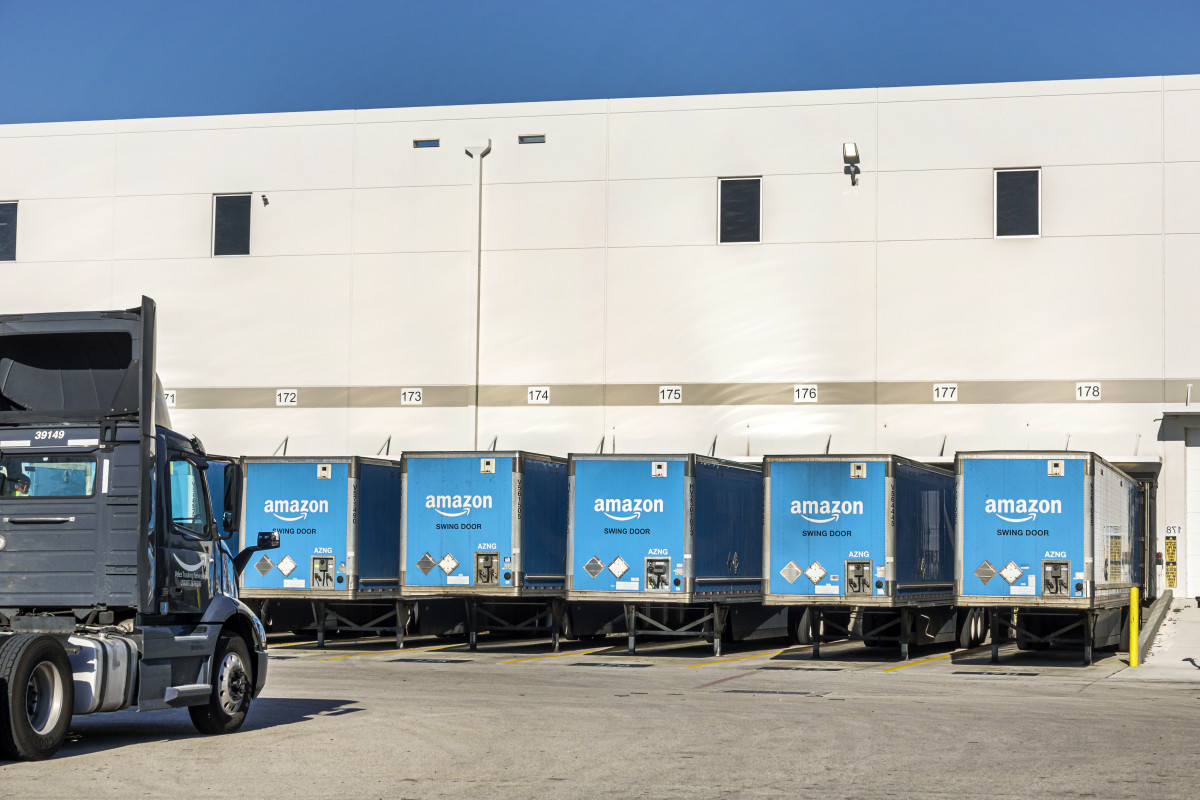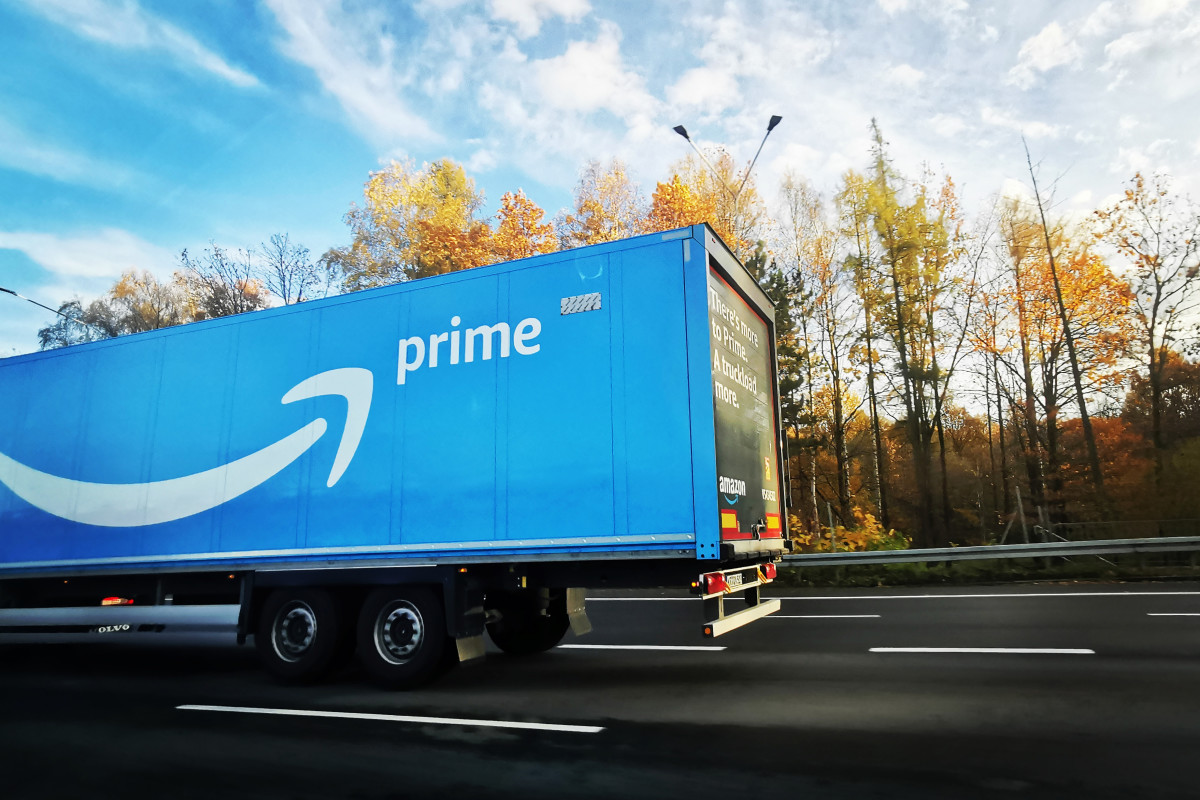
Let's get one thing straight. The 2020s didn't exactly start off impeccably.
With the onslaught of the global coronavirus pandemic, a historic stock market selloff, Russia's invasion of Ukraine, abandoned cities spiraling into doom loops and Americans more divided than any time in recent memory, it's safe to say that this decade has been a trying time.
DON'T MISS: 146 fall items are coming to Trader Joe's, and here are insiders' picks for the best ones
The only way we're going to turn things around, it seems, is if we rally together as a global citizenry and work to make it better. One place to start might be with the energy crisis, as international wars and scarcity of resources drive up the price of everything from groceries and games to cars and gasoline.
A move toward more energy, it seems, has started to trend in the right direction. A a recent discovery by Lithium Americas (LAC) -) detected what it believes are 20 million to 40 million metric tons of lithium below a supervolcano in Nevada, close to the Oregon border. The now-dormant caldera, officially known as the McDermitt Caldera, has at least twice the amount of lithium than in any other clay bed around the world.
That should be chalked up as a win for our march toward clean energy. Problem is, it takes a lot of fossil fuels to actually extract and refine that lithium. It's not just lithium mining that burns carbon. If we're going to keep up with a growing demand for increased shipping and fulfillment, more travel, more chips and mobile phones, more interaction and entertainment, and yes, more natural resources, it's going to take a lot more fossil fuels up front.
And one of the biggest polluters among the Big Five tech firms is Amazon (AMZN) -), which works each day to keep up with American's insatiable appetite for door-side delivery. In 2022, Amazon said it emitted 71.3 million metric tons of carbon dioxide -- a 0.4% reduction year-over-year.

Amazon vows to reduce its emissions
Amazon has made a lot of changes in recent years to reduce its carbon footprint. It began reducing its single-use plastic packaging and cut use by 11.6% as of July 2023. It's pledged to be water-positive by the end of 2029, meaning it will have contributed more clean and fresh water than it uses.
And it currently employs a fleet of more than 5,000 Rivian (RIVN) -) electric delivery vehicles. Impressively, 90% of its power usage comes from a renewable resource, like wind or solar.
And on Tuesday, Amazon said it would be working to remove 250,000 metric tons of carbon from the atmosphere over the next 10 years.
Of course, all that carbon has to go somewhere. So it's working with Occidental Petroleum (OXY) -) subsidiary 1Point5, which uses direct air capture to capture and then bury the carbon "deep underground in saline aquifers, which are large geological rock formations that are saturated in salt water," an Amazon news release says.
Amazon will also use $2 million from its Climate Pledge fund to invest in startup CarbonCapture, which is also working to further develop direct air capture technology.
"In DAC technology, CO2 in the atmosphere is filtered out and stored in underground geological formations, or used to create products such as building materials, like concrete, bricks, and cement. With these new investments, DAC will become one component of Amazon’s broader sustainability strategy, which also includes developing nature-based solutions such as forest conservation and restoration," the release explains.
Similarly, Microsoft (MSFT) -) announced earlier in September that it will be working with Heirloom Carbon to buy carbon removal credits. The tech giant will aim to remove 350,000 tons of carbon, a figure that could cost it upward of $200 million in total.
It's unlikely that consumers will be able to tell just how much carbon Amazon and Microsoft are eliminating. But Amazon's vice president for world sustainability, Kara Hurst, hopes other changes Amazon is making might be noticed by its conscientious customers.
“Amazon's primary focus is to decarbonize our global operations through our transition to renewable energy, building with more sustainable materials and electrifying our delivery fleet, and global logistics,” she explained.
“We are also pursuing changes such as reducing the weight of packaging per shipment for our customers. At the same time, we also need to seek every possible avenue to reduce carbon in the atmosphere. These investments in direct air capture complement our emissions reductions plans, and we are excited to support the growth and deployment of this technology.”







